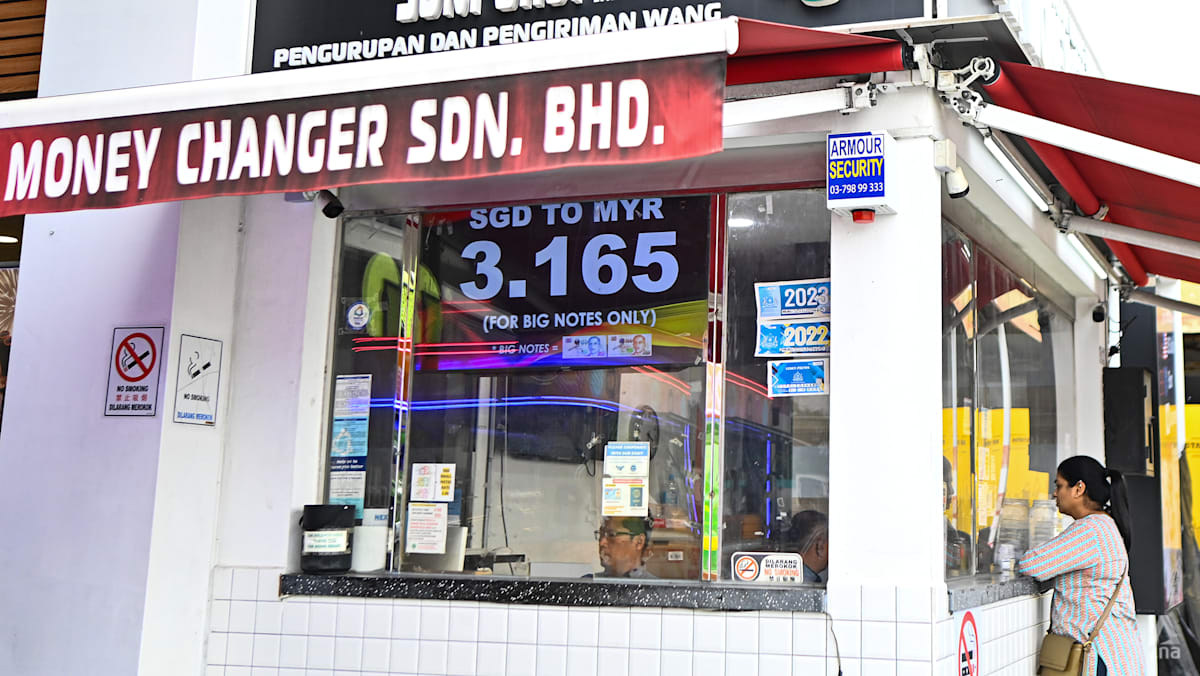REASONS FOR RINGGIT’S RALLY
Anticipation of interest rate cuts next month by the US Federal Reserve and in 2026 “appears to be the main driving force” for currency appreciation for the stronger emerging markets including Malaysia, said Mohd Afzanizam Abdul Rashid, chief economist at Bank Muamalat Malaysia.
The US is trying to address a weakening labour market and elevated inflation, and latest media reports suggest its Federal Reserve officials are divided over whether to reduce interest rates in December. In general, higher interest rates increase the value of a country’s currency.
A smaller interest rate gap between US and Malaysia will improve the ringgit’s appeal, Mohd Afzanizam said, as investors start moving money out of USD assets into other markets like Malaysia.
The Malaysian government’s efforts to narrow fiscal deficits from 4.1 per cent of gross domestic product (GDP) over the first nine months of 2024 to 3.3 per cent of the first nine months of this year has also contributed to the ringgit’s appreciation, he added.
“The ongoing fiscal consolidation exercise has led to improving finances following the implementation of several measures on taxes as well as subsidies rationalisation,” he explained.
“This is deemed credit-positive, which has enticed the risk appetite among the fixed-income investors,” he said, adding that they would buy more ringgit assets such as bonds or equities.
Malaysia Prime Minister Anwar Ibrahim affirmed in Parliament on Tuesday that fiscal discipline and systematic management of the economy have enabled the ringgit to record the best performance in Asia this year.
Anwar told Parliament in October the ringgit strengthened against several regional currencies, gaining 9 per cent against the Indonesian rupiah, 6.6 per cent against the Philippine peso, 3.5 per cent against the Chinese yuan, 1.5 per cent against the Japanese yen and 0.8 per cent against the Singapore dollar, according to media reports.

